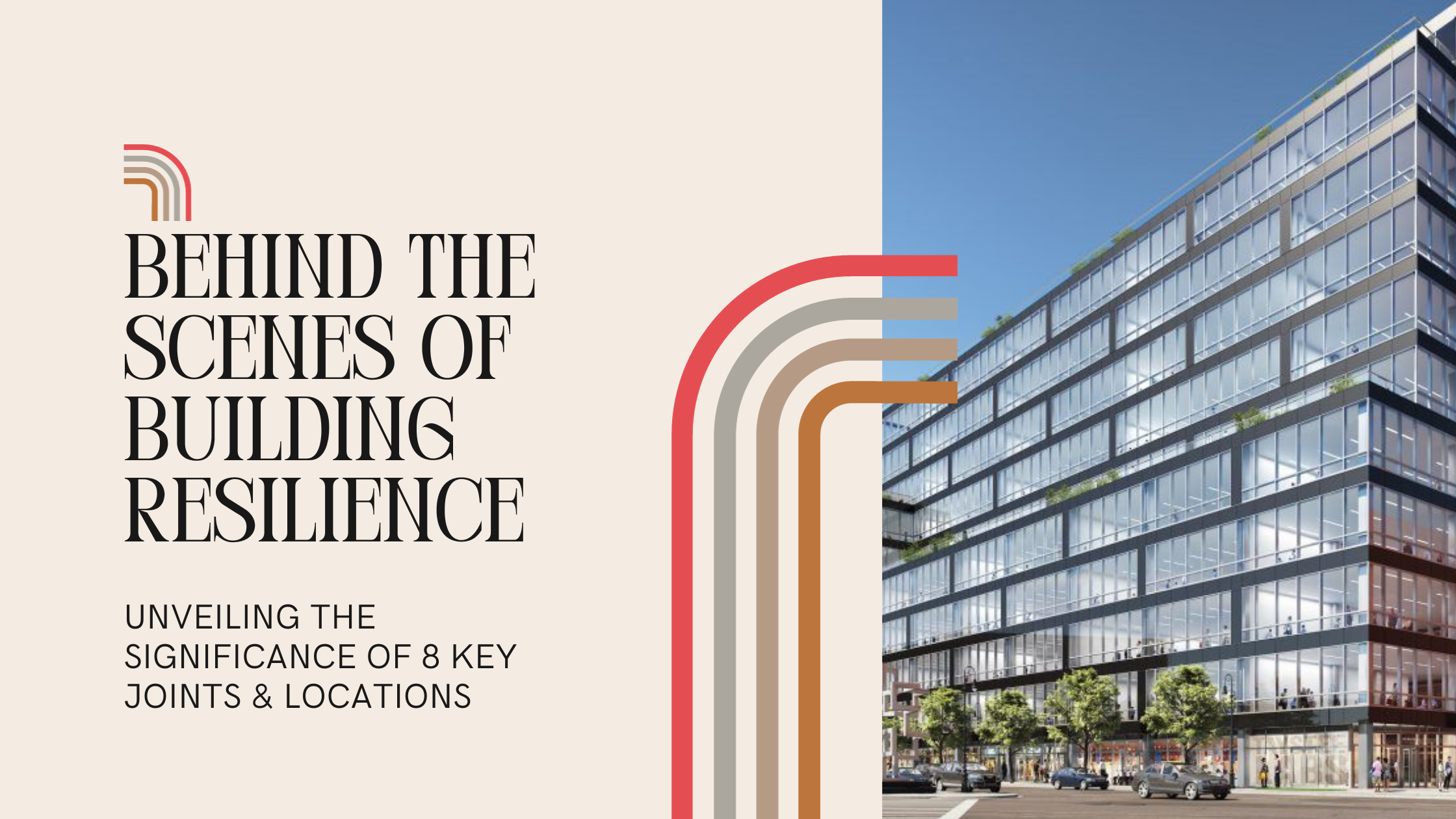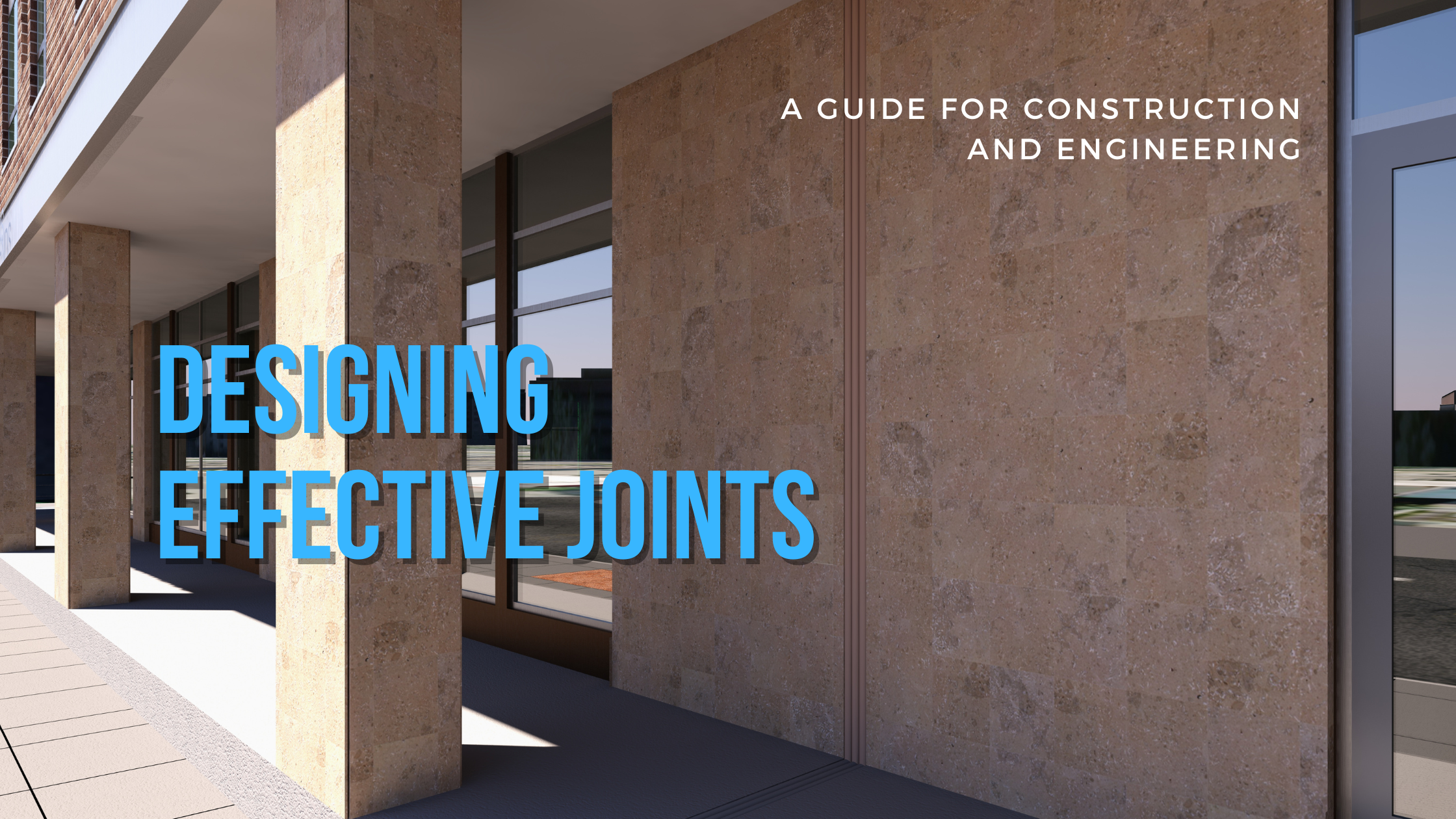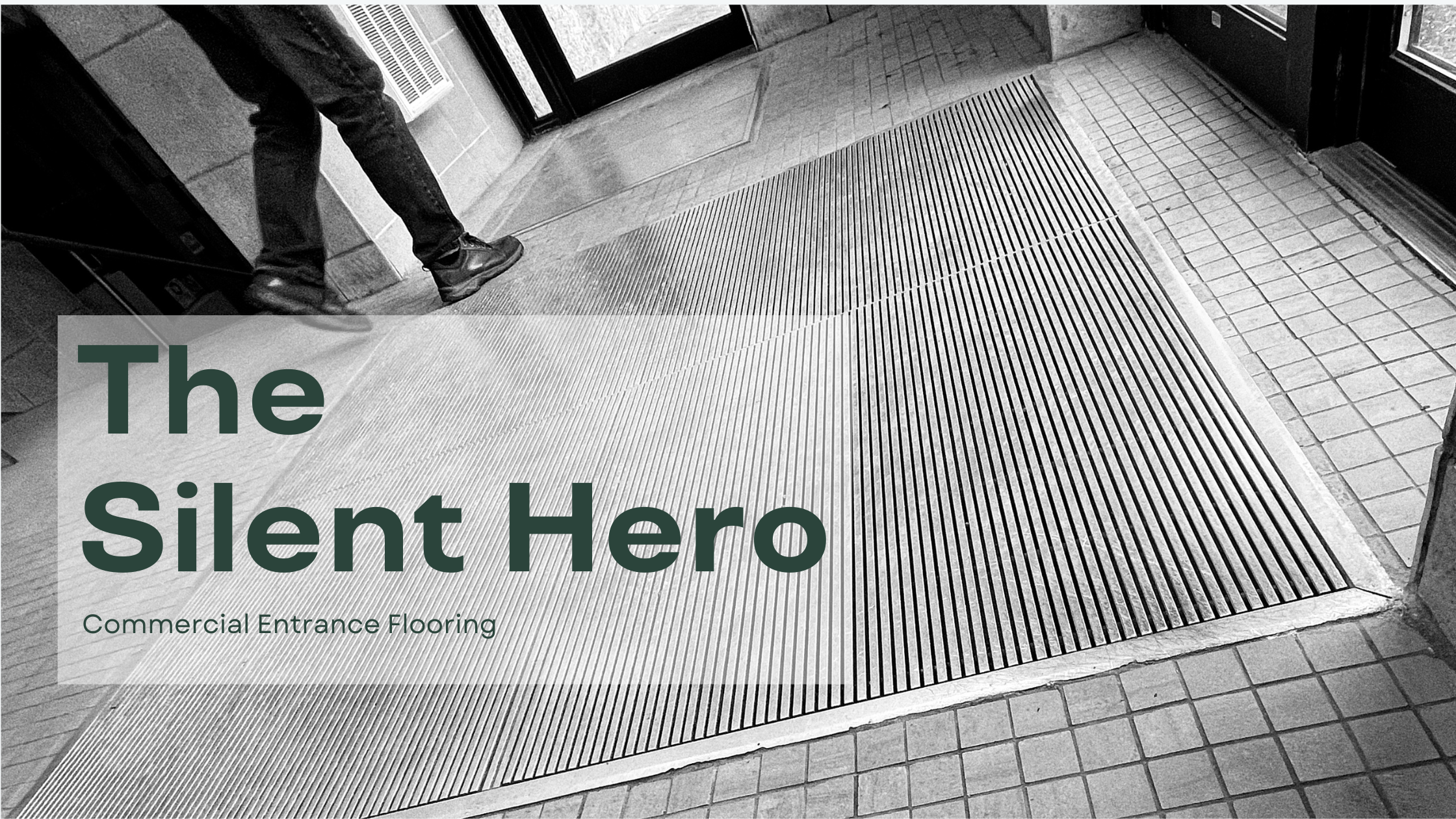Understanding 8 Key Expansion Joint Locations and Their Importance

When designing buildings, expansion joints play a crucial role in maintaining the structural integrity and longevity of the structure. These joints are designed to absorb the natural movements that occur in buildings due to temperature changes, seismic activity, and other forces. Properly placed expansion joints allow the building to expand and contract without causing damage to the structure.
In large and complex buildings—such as airports, hospitals, and shopping malls—where different wings or sections converge, expansion joint locations are especially important. These joints help the building adapt to environmental changes, protecting both its safety and aesthetic value. Explore the eight most common expansion joint locations and how they contribute to a building's overall design.
8 Key Expansion Joint Locations in Building Design
An expansion joint, much like a precise incision, gracefully traverses through the intricate structure of buildings, seamlessly dividing them into distinct sections. As it navigates its path, these joints encounter an array of diverse systems and materials, making its placement an art. Interestingly, the introduction of a joint in one area can trigger movement in another, adding to the complexity of the process.
In particularly intricate structures such as airports, shopping malls, and hospitals, where different wings and directions converge, the need for expansion joints becomes imperative. These joints act as the unsung heroes, ensuring structural integrity while accommodating natural shifts and stresses.
The eight common locations for expansion joints are strategically chosen to address the unique demands of each area within a building:
-
Floors Joints
Expansion joints in floors are essential to accommodate thermal expansion and contraction, and in some cases, ensure that the flooring materials remain intact and prevent unsightly cracks or deformations. Floors also handle multidirectional movement (seismic, sheer, vertical displacement). -
Interior Walls Joints
These joints are strategically placed to allow for changes and transitions in the building, preventing structural damage and maintaining aesthetic appeal. -
Ceilings Joints
Like any other building element, ceilings can undergo expansion and contraction due to structural settling. Expansion joints allow the ceiling to move independently, preventing cracks and damage that can occur when rigid materials are unable to accommodate these movements. -
Exterior Walls Joints
Positioned in the building's outer shell, expansion joints in exterior walls serve as a barrier against weather-related stress and structural shifts, safeguarding the building's envelope.

-
Floor-to-Wall Joints
These joints bridge the gap between the floor and the adjacent wall, allowing for vertical movement and preventing damage at the intersection for some joint products. -
Wall-to-Wall Joints
Placed where two walls meet, wall-to-wall expansion joints accommodate both lateral and vertical shifts in some cases, maintaining the structural integrity of the building's interior. -
Ceiling-to-Wall Joints
Expansion joints in this location manage the transition between the ceiling and adjoining walls, preventing unsightly cracks, and preserving the aesthetic appeal of the space. -
Roof Joints
Roof expansion joints are crucial for addressing the unique stresses experienced by roofing systems due to temperature variations, wind loads, and building movement, ensuring the longevity and performance of the roof.
Why Expansion Joint Locations Are Important?
Choosing the right expansion joint locations throughout a building is not only crucial for the structural integrity of a building but also plays a vital role in preserving its visual appeal and longevity. Properly designed and installed expansion joints help protect against damage, maintain functionality, and enhance the overall durability of the structure.
At Nystrom, we recognize the intricacies associated with expansion joint systems, including the various codes and applications that govern them. Our expertise lies in creating solutions that seamlessly integrate these essential elements into your projects.
For more information on our expansion joint solutions and how we can support your next project, visit our website today.



